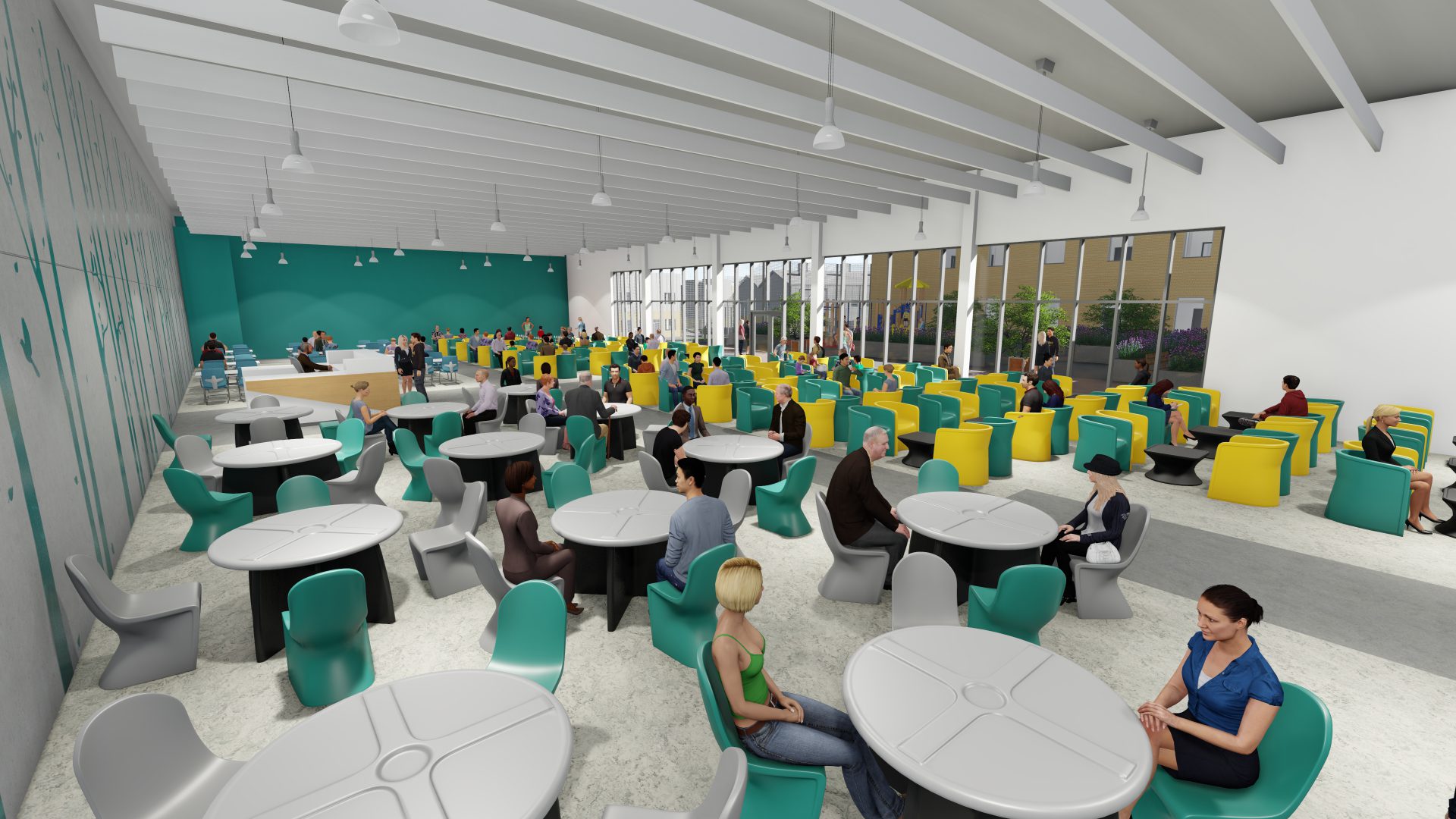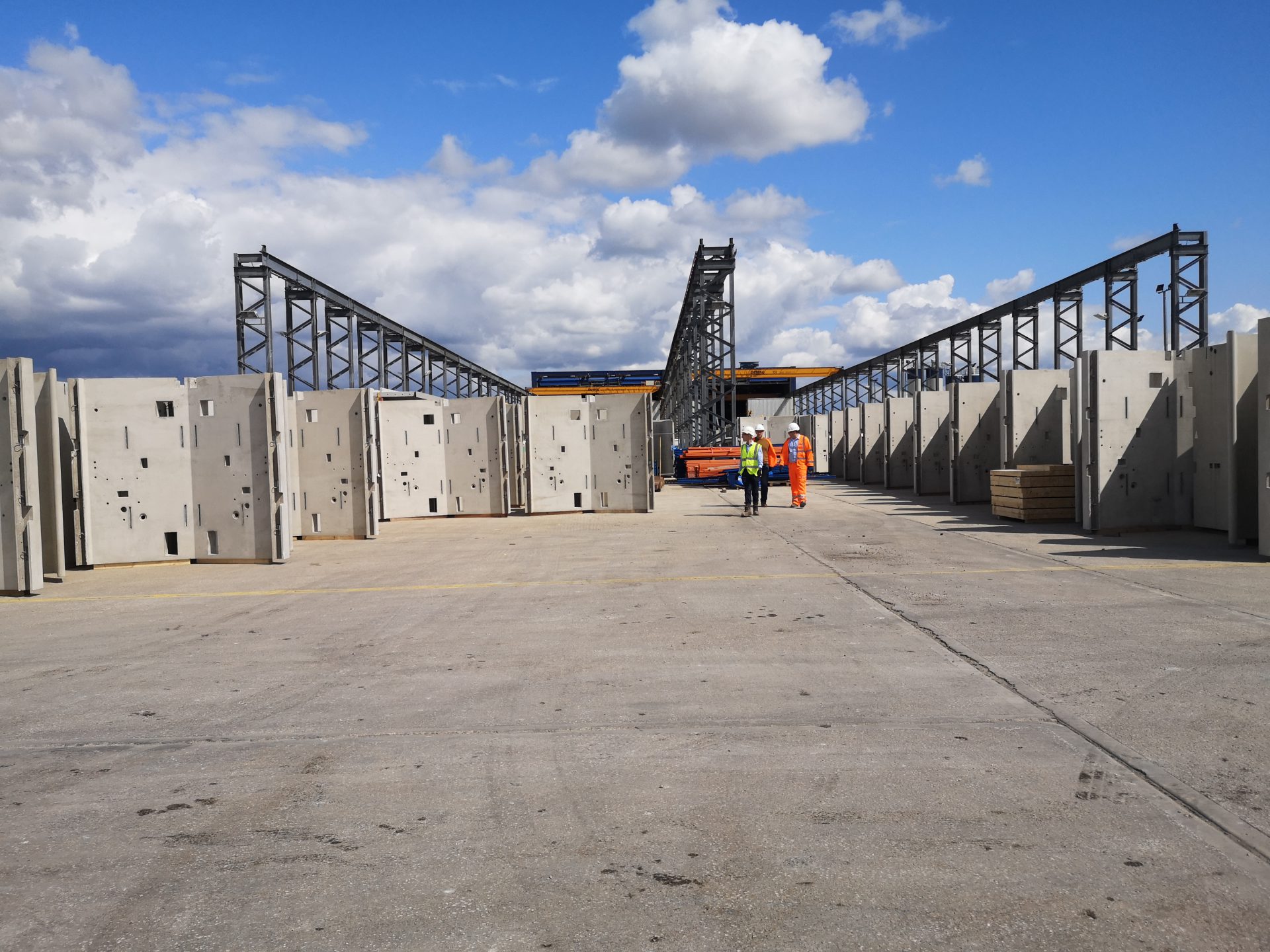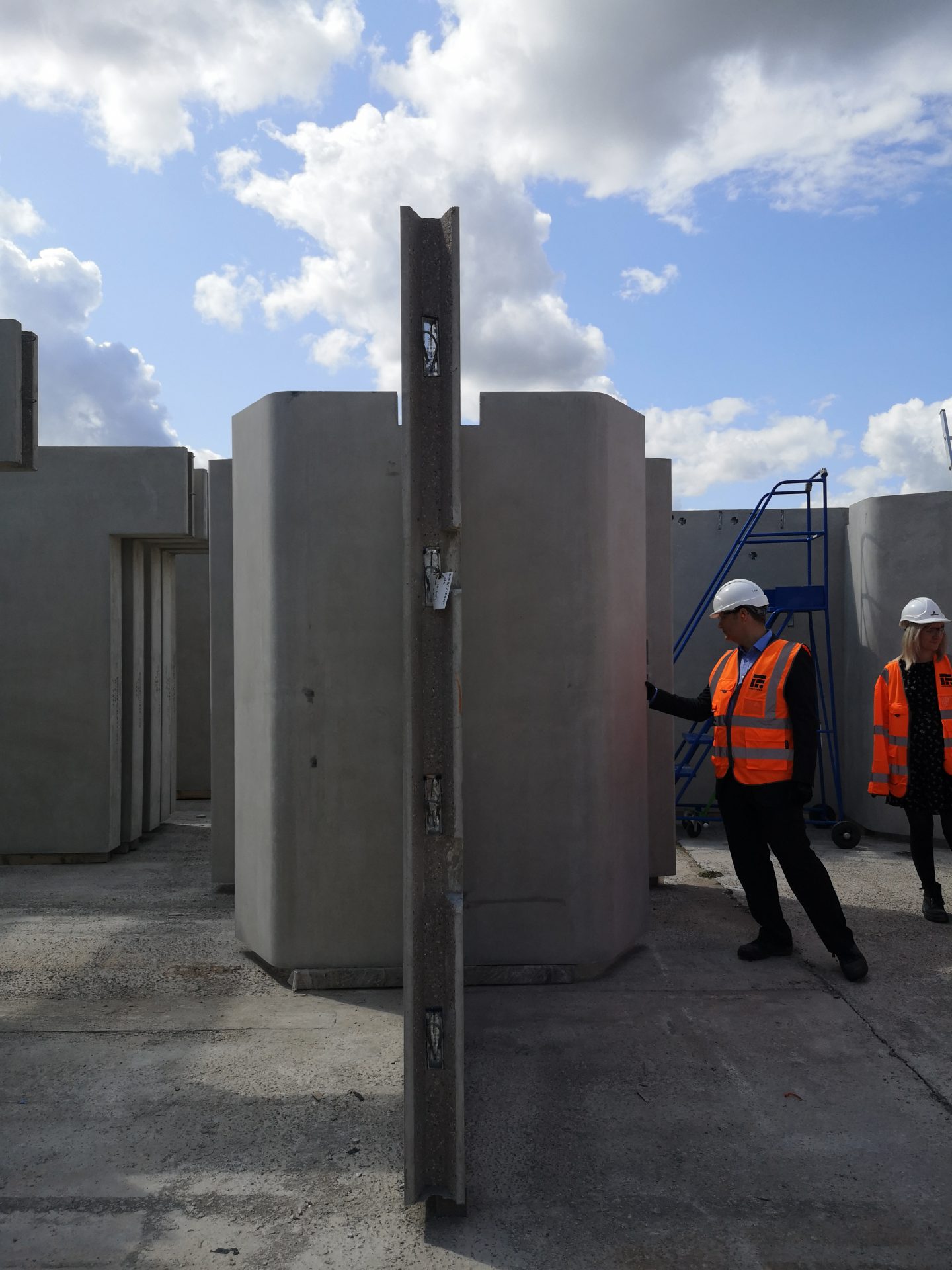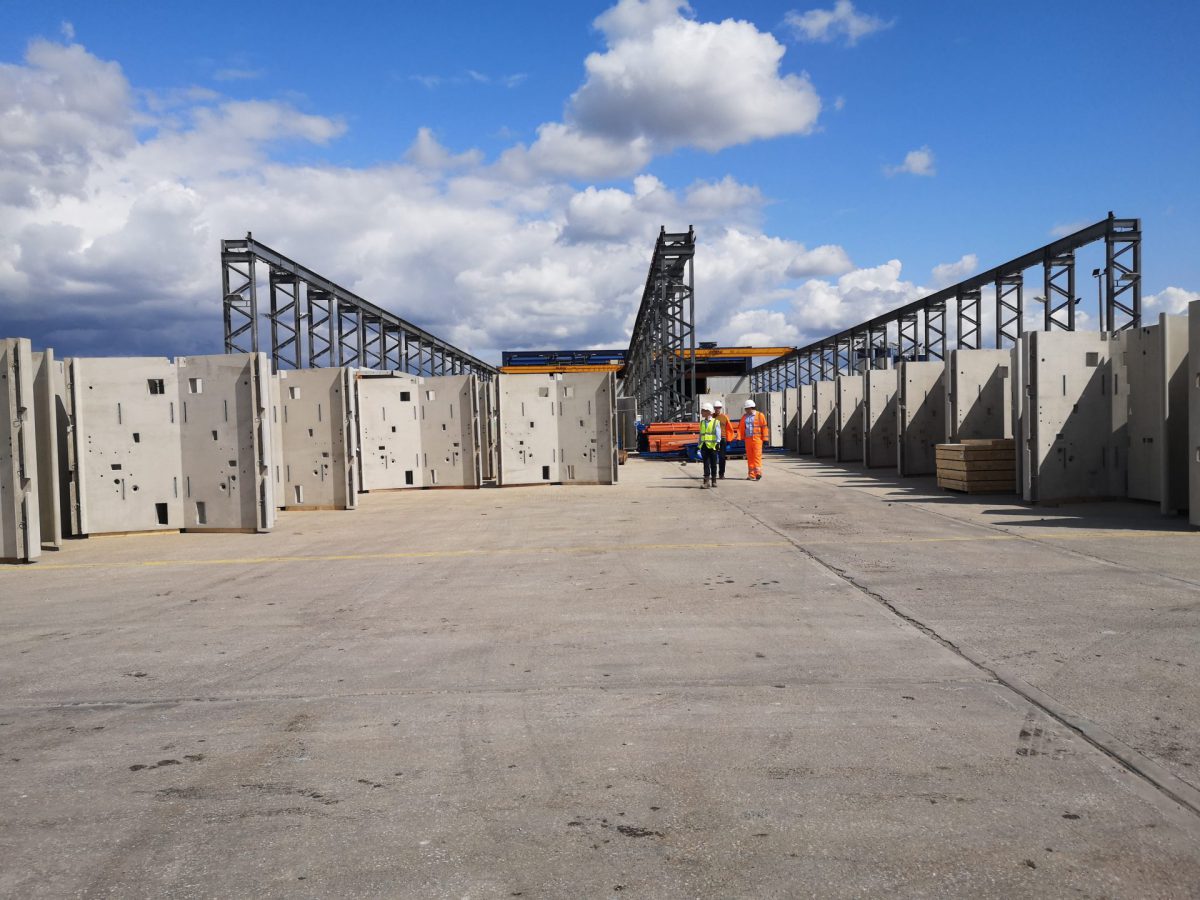Overview
On 17th May 2019 Kier commenced work on site at the new build resettlement prison in Wellingborough, after being awarded the £253m contract by the Ministry of Justice (MoJ). The project is the first in a series of schemes to be undertaken as part of the MoJ’s wider Change, Strategy and Planning (CSP) Directorate within HMPPS. The aim of the programme is to reform and modernise the prison estate to make it more efficient, safer and focused on supporting rehabilitation.
The new category C Resettlement prison is being built on the same site as the former HMP Wellingborough, which closed in 2012. The design developed for the facility supports the MoJ’s commitment to building a safe and secure environment that is conducive to rehabilitation. Buildings feature windows with no bars and each landing can be split into three, with each spur holding 20 men. There is also an association space for residents to use and the visitors’ hall has been designed to be open and light to instil a sense of normality for those visiting.

DfMA and offsite manufacture
A core feature of the programme is to optimise how the MoJ’s assets are designed, procured, delivered and operated, through a Design for Manufacture and Assembly (DfMA) or ‘platform’ approach.
As project integrator, Kier is driving a manufacturing mindset for Wellingborough by bringing together a diverse team to deliver this component-led approach. The scheme incorporates repeatable, standardised components and assemblies across the thirteen buildings on site. Circa 80% of the design has been standardised, leaving just 20% as site-specific design. This means that the component assemblies designed for Wellingborough can and will be used on subsequent MoJ prison projects, leveraging economies of scale for the programme.
Kier is making extensive use of precast concrete components (15,183 precast panels plus more than 60,000 sub-components), bringing together three separate precast suppliers, Bison Precast, FP McCann and Banagher – a total of six different factories across the country – as well as precast management company PCE. This approach is reducing risk, as well as enabling a high level of innovation and collaboration between Kier and its supply chain partners.
John Handscomb, procurement lead at Kier, said: “Beyond bricks and mortar, our approach at Wellingborough is facilitating high levels of collaboration across our supply chain. By collaborating across several different suppliers, each business is able to work to their strengths to deliver offsite excellence and a better product for our client.”
The project has been developed with a just-in-time delivery strategy, with 24-hours’ worth of precast storage on site to ensure that the programme is met. To demonstrate the scale of the project, seven crawler cranes will be required on site to assemble the kit-of-parts prison, installing the precast frame at a rate of 400 components per week.
The precast components for cell doors, walls and flooring have all been optimised to avoid follow-on work as far as possible. For each cell, M&E utility conduits and points have been cast-in, and shower trays are also cast into the floor units. All this reduces on-site trades and will improve serviceability and security.

Design and digital integration
The Wellingborough scheme is adopting a ‘digital first’ approach to enable Kier to monitor, manage and communicate across the wider team. Standardisation was driven throughout the design to ensure the repeatable use of components. The level of detail we were able to achieve informed our strategy for developing the precast moulds, how we would cast the components, how we would put together the construction programme, strategies for lifting components into position, as well as the integration of components such as the prefabricated services (MEP).
James Franklin, Head of BIM & Digital at Kier, said: “A great example of where digital technology has assisted us at Wellingborough is through standardising the design. We used BIM data sets, created from the DfMA component library, to refine the design for some of the highest impact elements of the programme, such as the houseblocks. Our specialists optimised this component library; reducing the number of precast concrete components by almost 50%. The real benefit of this is it has provided a programme saving of 18.5 crane weeks per houseblock.”
Due to the amount of prefabrication specified, the design had to be fixed much earlier in the programme to allow manufacture to commence. Through the use of BIM and model-checking software the team has been able to accelerate the design and identify potential clashes, particularly assisting with interfaces between the M&E and the precast structure, ultimately enabling a right-first-time installation on site. Buildability is reviewed, down to the connection details of each component, creating certainty that each interface would work through systematic testing in a virtual environment.
Every frame and façade component for Wellingborough is being linked to the programme via Synchro, giving the team detailed 4D visualisations of the construction programme, against the as-built programme. As the linking of the models to the programme is automated by coding that exists in the model, the team can effortlessly run ‘what if’ scenarios to ascertain the impact of decisions. Synchro is therefore helping to communicate the programme visually to all, making the data useful to many, not just those who are well versed at interpreting traditional Gantt charts.
In order to control quality across all six factory sites, Kier is also implementing the use of Dalux, a field tool that is allowing the project team to track the status of components being produced by each supplier. Clicking on any precast component within the system brings up the full quality assurance records for that component, allowing the team to digitally track its journey and monitor progress. Live dashboards indicate how well the system is being used, giving full transparency to operations. The scheme is also utilising two dedicated quality managers to ensure Kier delivers this large-scale project to the MoJ’s high standards.



Comments are closed.